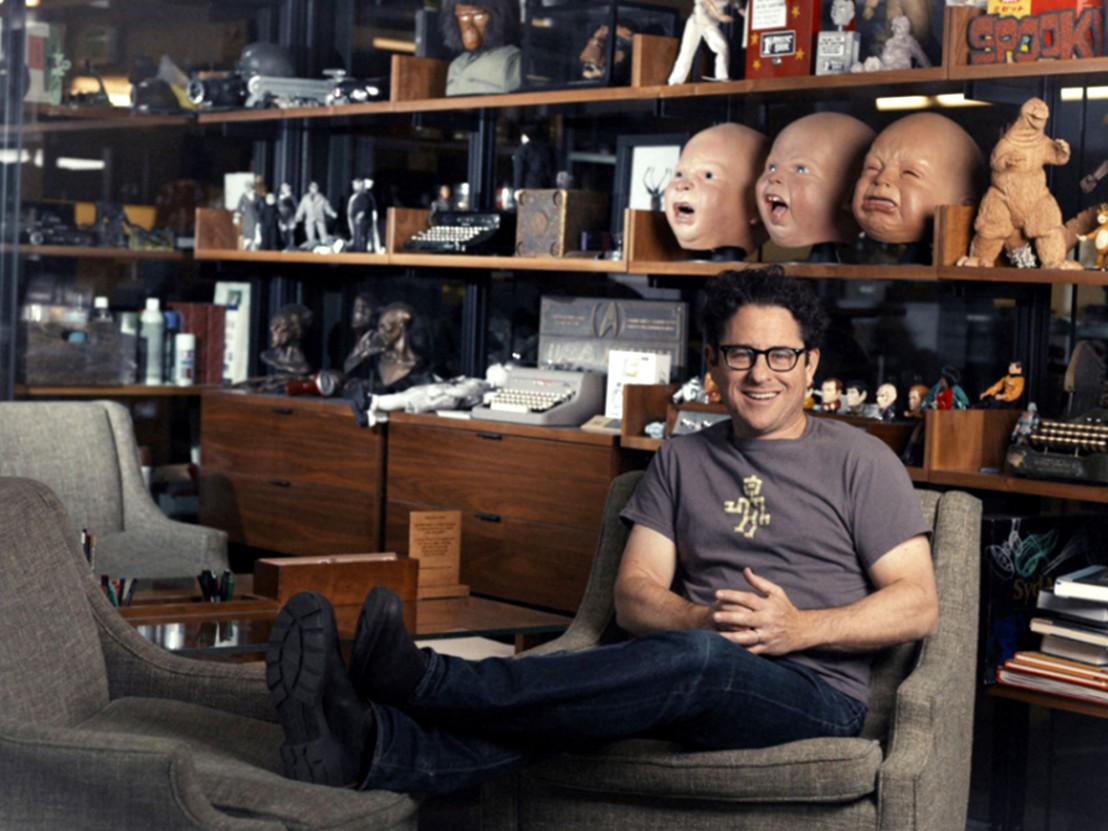
Will regular cinema goers pay five times the cost of a ticket to see a movie at home the day of its theatrical release? Not according to Peter Jackson, but others might. That’s why he and several other renowned directors – including Steven Spielberg and JJ Abrams – are backing a new premium VOD platform called the Screening Room.
Last week, Variety reported that Napster cofounder and Facebook shareholder Sean Parker was negotiating with studios and exhibitors to launch the Screening Room, where subscribers would have to pay $150 for a set-top box that would allow them to stream, from the comfort of their own home, one movie on its day of release (which would be available to view for a 48-hour period) for another $50.
What’s the appeal of being able to see a movie the second it hits cinemas? Well, for starters it eliminates the frustration of discovering that a new release you’ve waited months to see is fully booked, and it means no more queuing to buy a ticket and over-priced snacks. For fans the temptation to download poor-quality illegal recordings is greater than ever, and even if you’re a committed cinemagoer, there’s nothing to stop someone coming out of the previous screening and spoiling the film for you. These are genuine concerns that the Screen Room will seek to resolve.
It’s no coincidence that some of the most vocal supporters of the Screening Room so far have been high-profile directors who make the kinds of movies that are most susceptible to bootleggers. Yet the project has not been met with unanimous approval from the industry – for Christopher Nolan and James Cameron the best way to discover a movie is still intimately linked to the in-theatre experience. This new breed of VOD platform may seem like a threat to movie theatre attendance figures, but you could argue that the impact will be less significant than some are suggesting. As the old adage says, some films are worth seeing on the big screen.
Let’s say you own a decent home cinema system. You have 48 hours to gather your friends so you can spread the cost between you. You recreate a kind of cinema experience, except that here, you’re in control of the projector. Out of the $50 you paid, $20 goes to the exhibitor you have shunned, while the distributor also gets a fair share of the pie. And if you want to repeat the experience, you simply fork out another $50. The Screening Room’s goal is not to take audiences away from theatres but to draw an entirely new one – parents who don’t have time to organise a night out, younger viewers who aren’t yet able to attend movies unaccompanied. But, setting aside the obvious limitations (pricing, a limited viewing window), what’s interesting is the way the Screening Room seems to be challenging the definition of on-demand.
So what about smaller movies, the ones you don’t have to buy your tickets for weeks in advance? If this new way of launching movies becomes more democratic, major distributors might be tempted to put the ones forecasted to be the most profitable in theatres, paving the way for more VOD services. Adversely, if major distributors found they stood to make their money back quicker by giving certain VOD platforms exclusivity, it could free up more screens for smaller independent releases otherwise restricted to key cities. And if more independent films are released across various VOD platforms, then they may ultimately reach a wider audience.
At a time where people are just as likely to watch a movie on a mobile device than in the cinema, distributors are getting wise to the opportunities presented by VOD platforms. The more they buy into this model, the more diverse the selection of films available in both cinemas and online will become. The real dilemma will arise when it’s up to the audience to decide which films deserve to be seen on the big screen. The future of film exhibition may yet depend on people’s tastes, the price they are willing to pay and the size of their personal home-theatre.
Published 17 Mar 2016

A cinema in Liverpool is challenging audiences to sit through a Groundhog Day marathon next month.

The director of The Duke of Burgundy recalls finding solace in one of London’s most famous art-house cinemas.

Getting annoyed with socially maladjusted idiots could soon be a thing of the past.